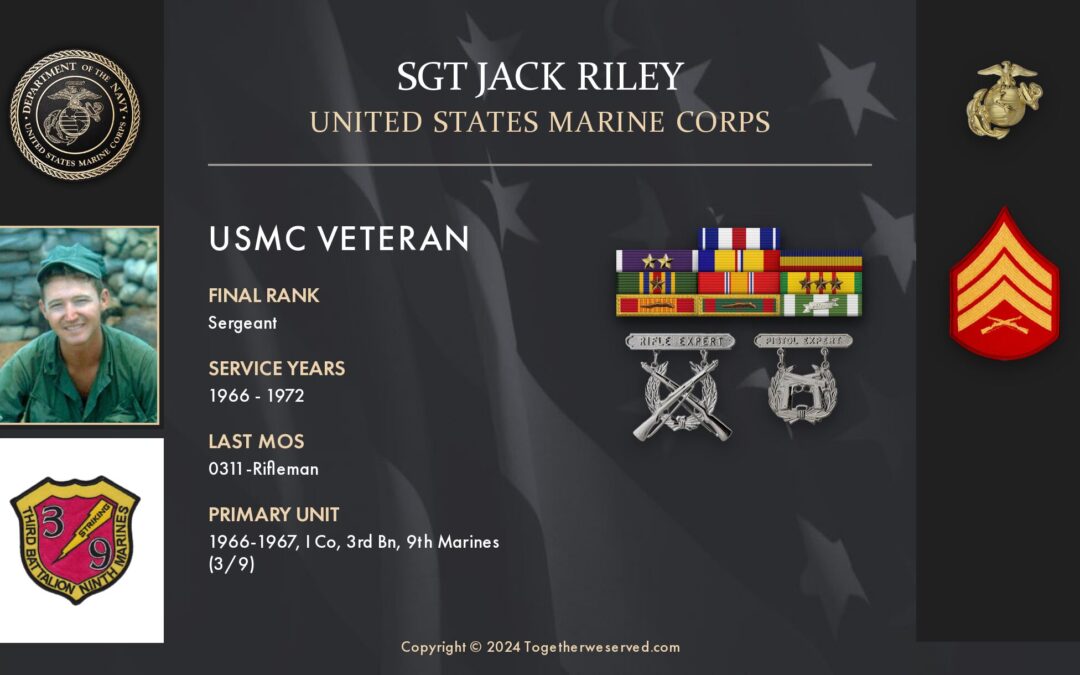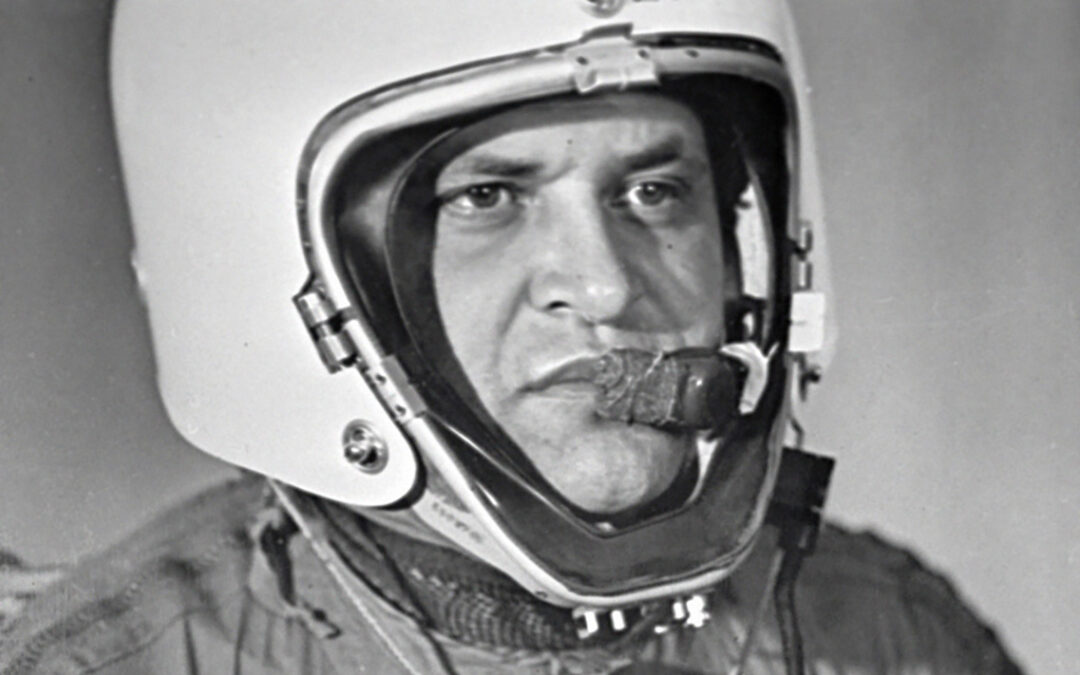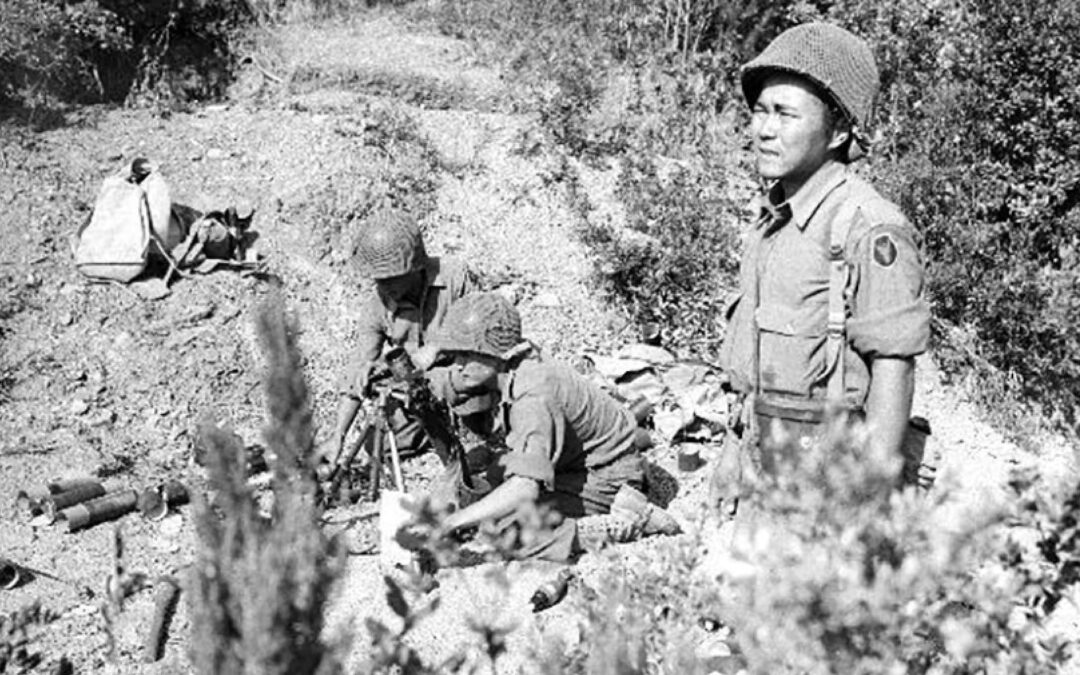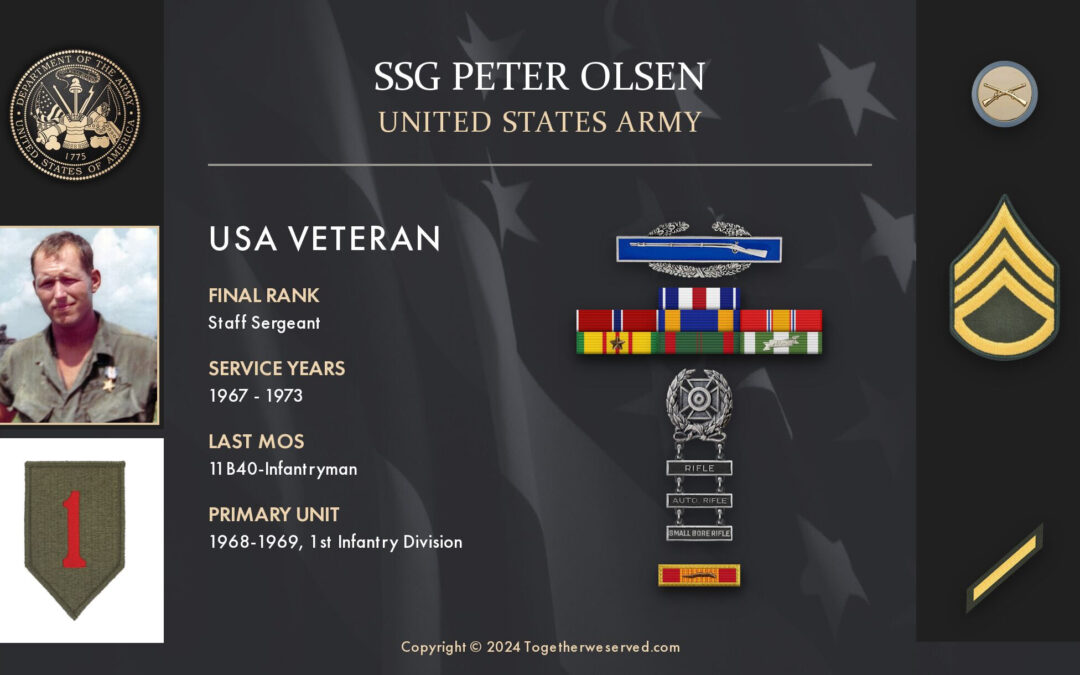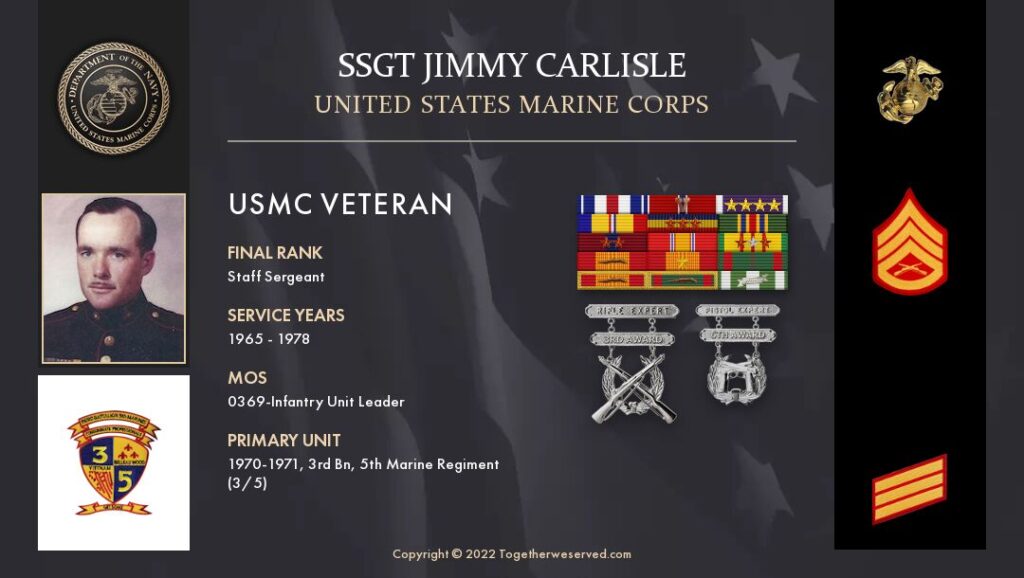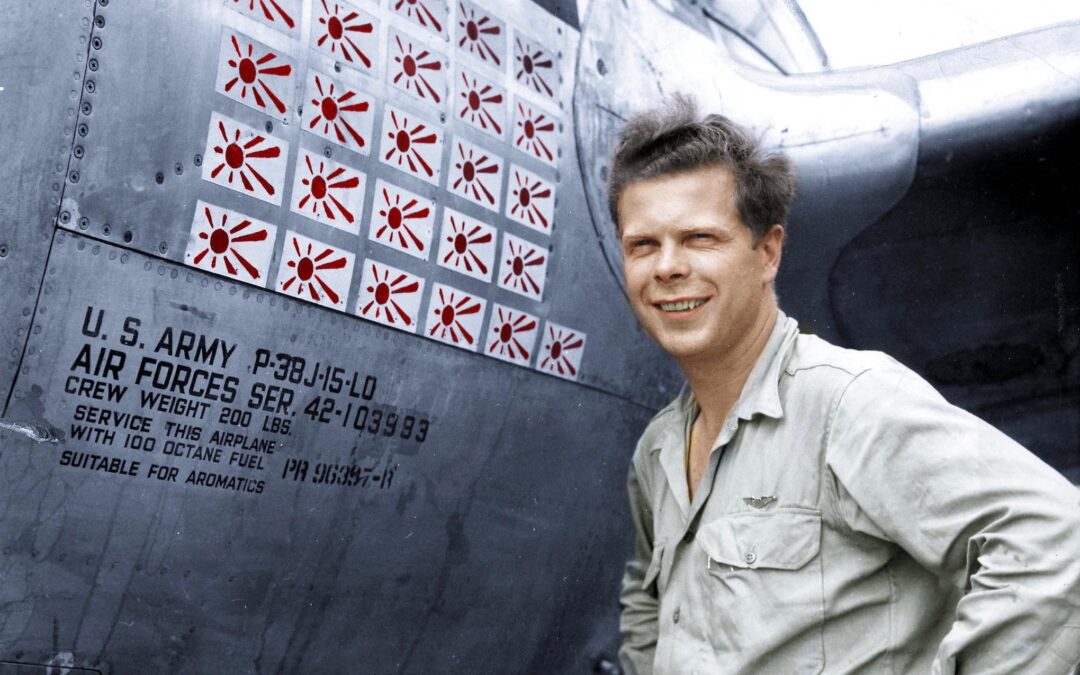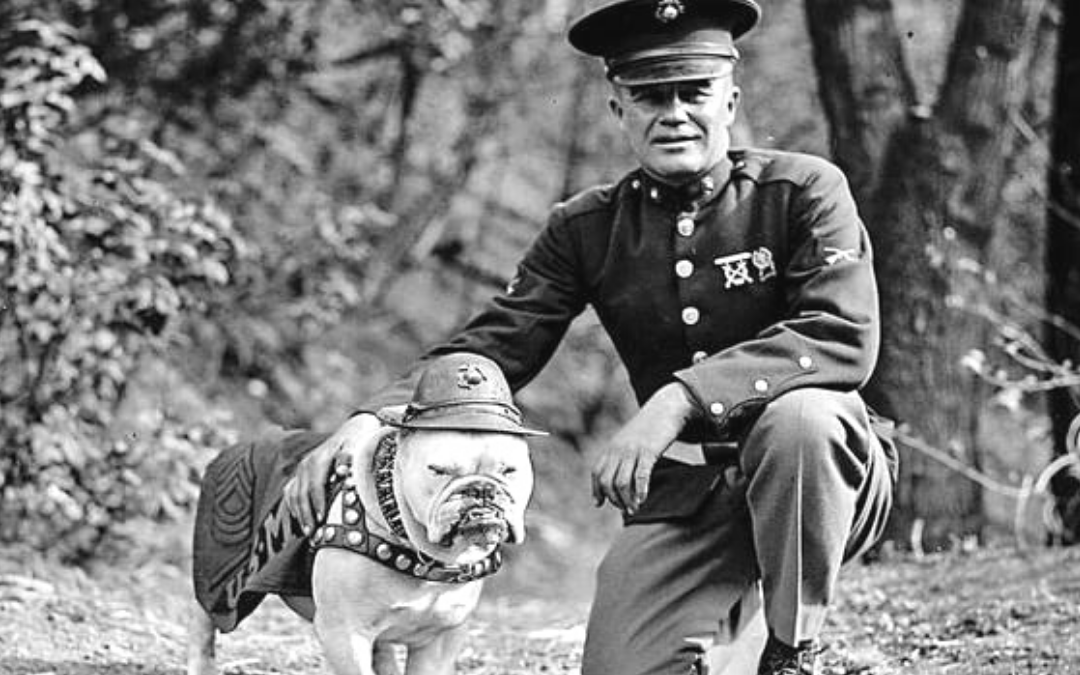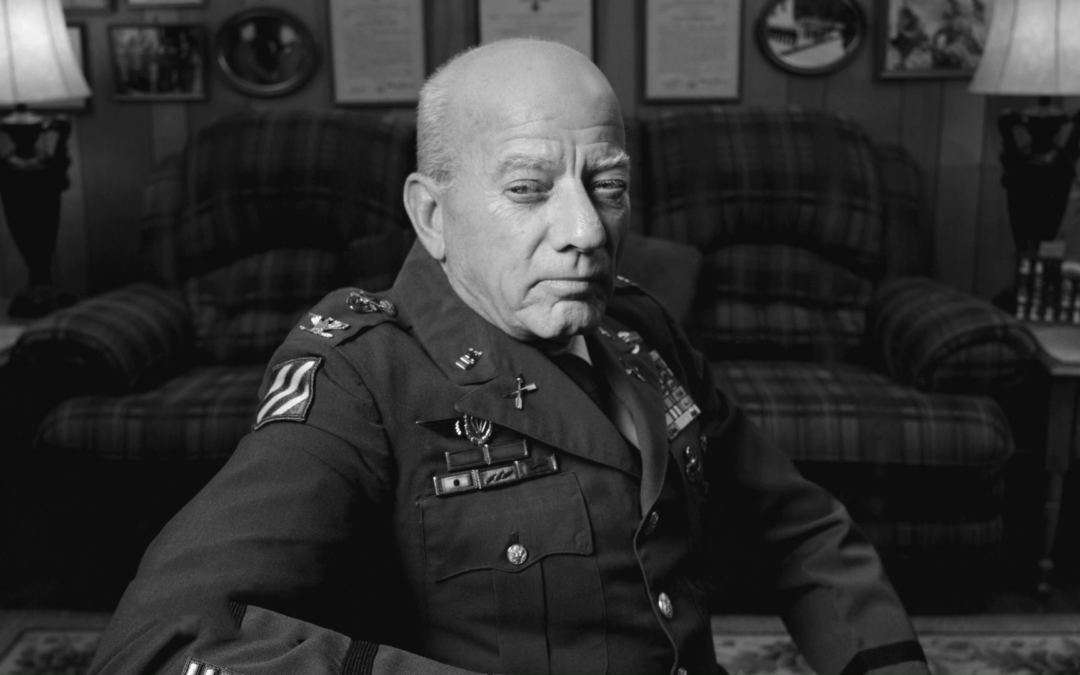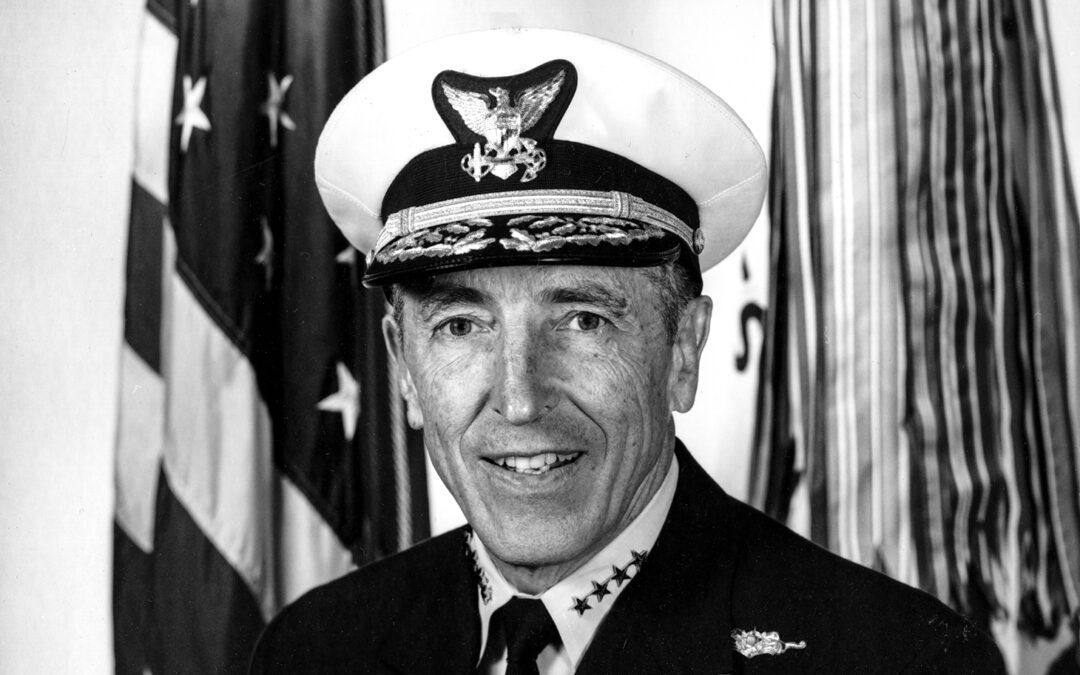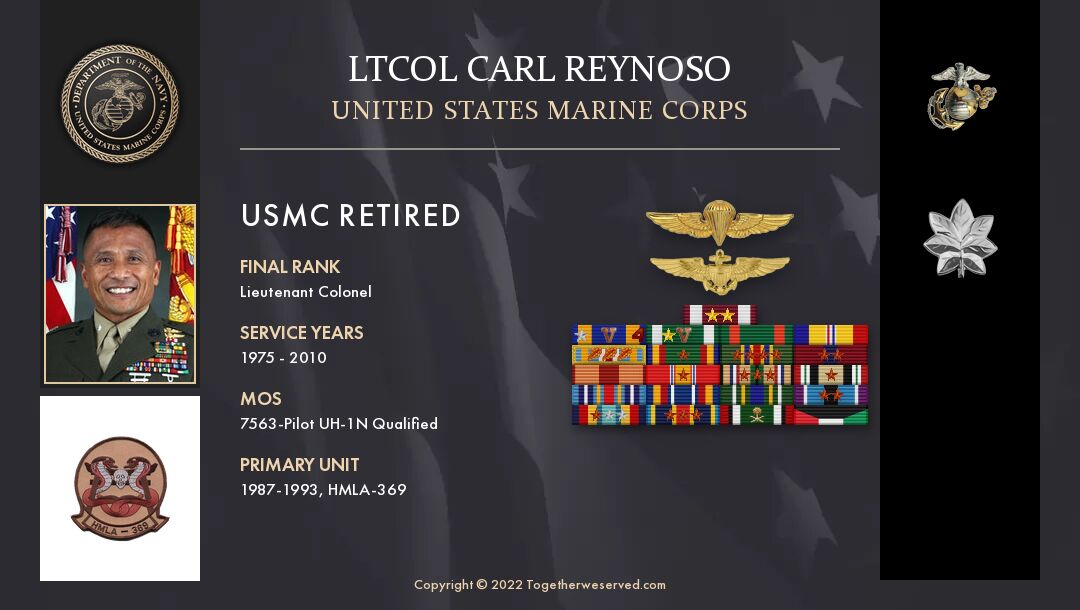Privates Joyce Kutsch and Rita Johnson became the first women to graduate from a modified Basic Airborne Course on December 14, 1973. In 2007, Army medic Specialist Monica Lin Brown was only the second female soldier since World War II to receive the Silver Star. Eight women were admitted to Army Ranger School for the first time in 2015. All failed, but three were invited back for another try. Obviously, these were historical inroads in what had been the male soldiers' exclusive domain and...

